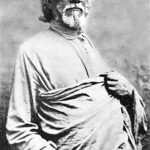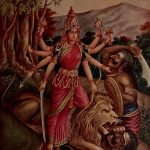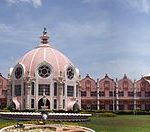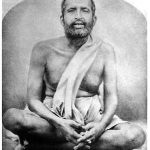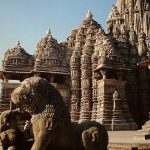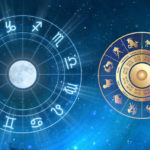Shri Rudram is a Vedic Mantra in homage to Rudra and is taken from the Krishna Yajurveda’s Taittreya Samhita. The Sri Rudram is commonly chanted during the Pradosha time, which is considered to be a time auspicious for the worship of Shiva.
Shri Rudram is also famous for its mention of the holy Panchakshari mantra Namah Shivaya, It also contains the mantra Aum namah bhagavate rudraya and the Maha Mrityunjaya Mantra
Shri Rudram consists of two chapters, Namakam (chapter five) and Chamakam (chapter seven) respectively. The Namakam describes the names or epithets of Rudra, who is a fear-inducing aspect of Lord Shiva. The devotee asks for the benevolent aspect of Shiva to be invoked rather than the terrible aspect of Rudra and requests for the forgiveness of sins. The Chamakam (chapter seven) asks for the fulfillment of wishes. Each chapter consist of eleven hymns.
- Namakam: The Namakam in particular enumerates the various epithets and names of Rudra. It recognises the violent aspects of Rudra and requests him to be benevolent and peaceful, rather than violent and destructive.
- Chamakam: The Chamakam enumerates the various things one would want in life and requests Rudra to grant them to the devotee. It acknowledges both material and spiritual desires and requests the deity for both. Some verses invoke other deities such as Agni and Vishnu and request them to join in the devotee’s prayers to Rudra.




